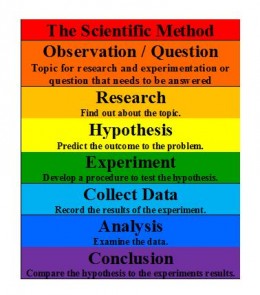 The purpose of this post is to recommend an excellent book for parents of children with autism, and to share some personal comments on my reactions after reading this book. The book is Educating Children with Learning and Behavior Problems, by Dr. Martin Kozloff.
The purpose of this post is to recommend an excellent book for parents of children with autism, and to share some personal comments on my reactions after reading this book. The book is Educating Children with Learning and Behavior Problems, by Dr. Martin Kozloff.
Written for parents
This book, written for parents, explains the basic principles of Applied Behavior Analysis, especially the role of positive reinforcement in teaching skills to special needs learners. It explains how to assess a child’s skill levels, set up a home education program, and teach functional, communication and self-help skills. In the back of the book is a detailed Behavior Evaluation Scale, which covers many aspects of a child’s development, including such things as eye contact, imitation, fine and gross motor skills, play skills and communication skills.
Comprehensive
Why is this book so good? First, it lays things out clearly for parents. As autism parents, we all have to learn about Applied Behavior Analysis (ABA) and the arcane language of positive reinforcement, reinforcement schedules and concepts such as “satiation.” This book describes these concepts in an easy-to-understand way. Plus, you do not become overwhelmed while reading this book. After a discussion of a new topic, Dr. Kozloff asks you to stop, take a break and make yourself a sandwich or get a fresh cup of coffee!











